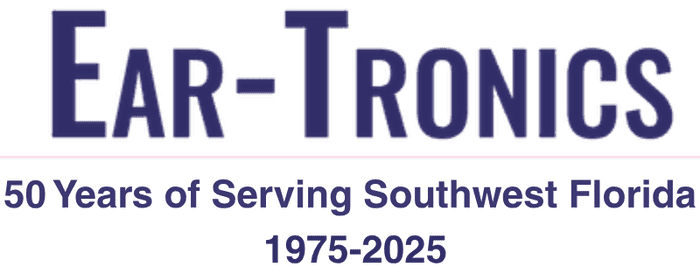Hand dryers are becoming more commonplace in public bathrooms in an effort to reduce paper waste. A study published in the Canadian journal, Paediatrics & Child Health, however, states that the volume of noise that some brands produce may be dangerous to children’s hearing.
Nora Keegan from Calgary, Canada, is the study’s 13-year-old author who writes from personal experience, which prompted her to investigate further. When Nora was 9 years old, she began testing the volume of various hand dryers to see if they were harmful to children’s hearing. Her research confirmed her hypothesis and was published in 2016.
“Sometimes after using hand dryers my ears would start ringing,” said Nora. “I also noticed that children would not want to use hand dryers, and they’d be covering their ears.”
Nora tested 44 hand dryers through public restrooms in Calgary between 2015-2017 for her research. Twenty measurements of loudness—in decibels (dB)—were taken for each, totaling 880 measurements. The measurements accounted for different heights and distances from the dryer, and when the hands were in and out of the air flow. The noise produced was generally louder when hands were in the air flow.
“Hand dryers are actually really, really loud, and especially at children’s heights since they’re close to where the air comes out,” says Nora. She also took into account that children’s ears are more sensitive.
Popular brands that Nora tested were louder than the manufacturer stated for a particular model. One very popular brand even offers a no-cost noise reduction nozzle that claims to reduce the sound by 9 dB, which indicates knowledge of excessive noise levels on the manufacturer’s part. The decibels also often exceeded the maximum allowable peak level noise of 100 dB for children’s toys, as set forth by the Canadian government. Nora’s research suggests that the same standard should apply for other products regularly used by children.
Protecting Your Hearing
Many sounds we hear on a daily basis, like media devices, nature, and city sounds, we experience at safe listening levels that are not detrimental to our hearing health. When sounds get too loud, either for a short or long period of time, that is when damage to the sensitive structures of the inner ear can occur and cause noise-related hearing loss (NIHL).
It is the recommendation of the US National Institute for Occupational Safety and Health (NIOSH) that adults should not be exposed to more than 85 dBA within an 8-hour period, and exposure at and above this level are dangerous. The measurements for children must be assumed to be less, as children’s sense of hearing are developing during the first several years and permanent damage can be done during this developmental period. Nora even reported temporary tinnitus-like symptoms of ringing in her ears.
NIHL is the only type of hearing loss that is completely preventable. To prevent irreversible hearing loss, it is important to protect your ears from loud noise whenever possible. The use of ear plugs, for example, can be purchased at various retailers and can often reduce noise by an average of 10 dB.
It has been suggested that children can perceive sound up to 20 dB louder than adults due to the smaller size and shape of their ear canals. Because of this, there is no safe duration of exposure to loud sounds. Even brief exposure to sounds above 100 dB has been connected to learning and attention difficulties in children.
Protecting Your Hearing
Nora Keegan at 13 years old used her concern for her personal hearing health to inform others about something that could affect theirs. She was inspired to conduct research, begin discussion, and invite change. Her experience as a child with something as ordinary as an electric hand dryer prompted adults and the manufacturers of those products to have a second listen.
It reminds us that there are noises all around us that have potentially damaging effects on our hearing. As adults, many of us have become accustomed to filtering them out. Noise-induced hearing loss is something that is rarely noticed immediately; instead having debilitating effects over time. Nora’s research also acts as a reminder to have your hearing checked by our team at Ear-Tronics to ensure that you are taking the best possible care of your hearing health, in all situations.



